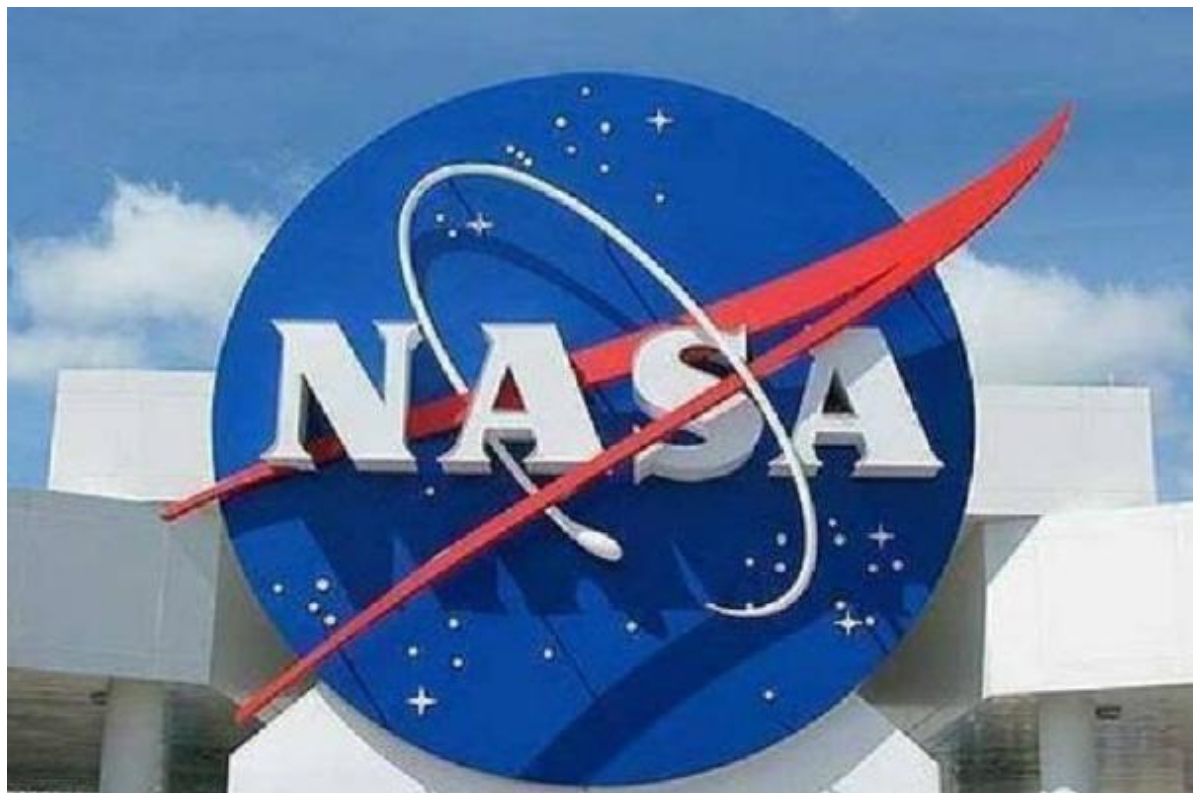The National Aeronautics and Space Administration (NASA) plans to land astronauts on Mars around the 2030s. The space agency claims that its new system could help its astronauts turn the planet’s carbon dioxide into oxygen. It is currently not viable to transport enough oxygen and fuel on a spacecraft to sustain the mission for anywhere nears that length of time.
According to CNN World’s latest report, the agency is planning to address this problem by deploying MOXIE, or the Mars Oxygen in Situ Resource Utilization Experiment. MOXIE has the ability to turn carbon dioxide into oxygen. This new tool will really be essential in future Mars missions since carbon dioxide makes up 96% of the planet’s atmosphere.
It is important to note that on Mars, the oxygen is only 0.13% of the atmosphere, compared to 21% of the Earth’s atmosphere. Interestingly, the scientists at Washington University in St. Louis said that they may have come up with another technique that could complement MOXIE.
HOW MOXIE WORKS:
The MOXIE system essentially pulls in the Martian air with a pump and uses an electrochemical process to separate one oxygen atom from each molecule of carbon dioxide, or CO2.
According to CNN World’s latest report, the experimental technique proposed by Vijay Ramani and his colleagues uses a completely different resource — salty water in lakes beneath the Martian surface.
The study by Ramani, a distinguished professor at Washington University’s department of energy, environmental and chemical engineering, and his colleagues published last week in the journal PNAS.
